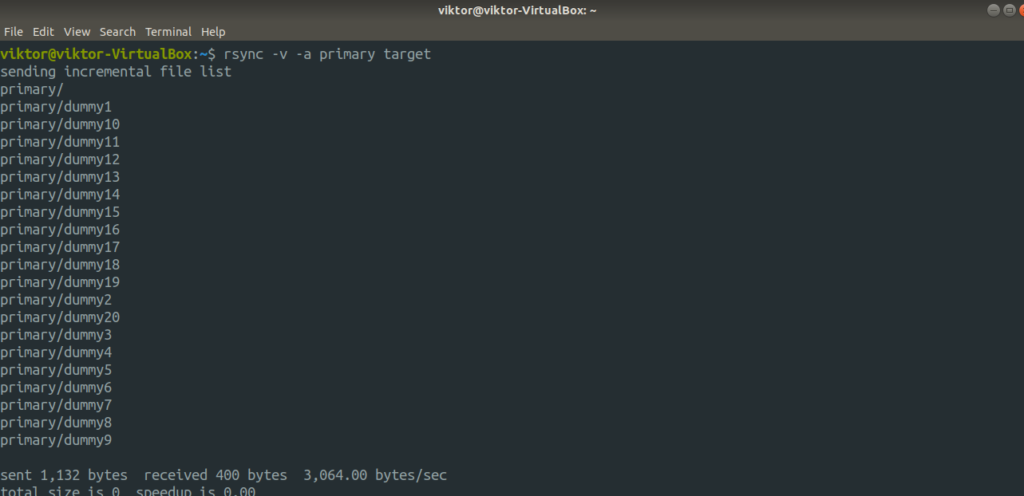

Some negative RAID-related scenarios are also eliminated, like the everlasting doubt if the RAID array will survive a rebuild, especially when drives used come from the same production batch.īut object stores do have their issues too. That is not possible with RAID without expensive replication and some failover layer on top. Availability is also greatly improved as based on the number of physical servers available, an appropriate scheme can be selected to ensure that during a single physical server failure enough chunks are available to reconstruct the file without any downtime. By splitting a file into a number of data chunks and calculating a number of parity chunks, the object store can easily achieve the equivalent of 5x replication in terms of durability, but only occupy 1.4x of the size of the file (RS10,4 scheme used in this example). Erasure coding based on the Reed-Solomon code is usually used instead of good old RAID and/or replication. The typical object storage of today will take a file, split it into chunks, spread these chunks across physical disks on different physical servers and use metadata to keep track of which is what and where it is. This allows for higher availability and durability of the data, and virtually unlimited scalability, at a lower cost. Object storage seeks to scale beyond single hardware unit's boundaries. Said: Can someone tell me what exactly is "object storage" or, more precisely, what makes it better than traditional storage offers that have existed before


 0 kommentar(er)
0 kommentar(er)
